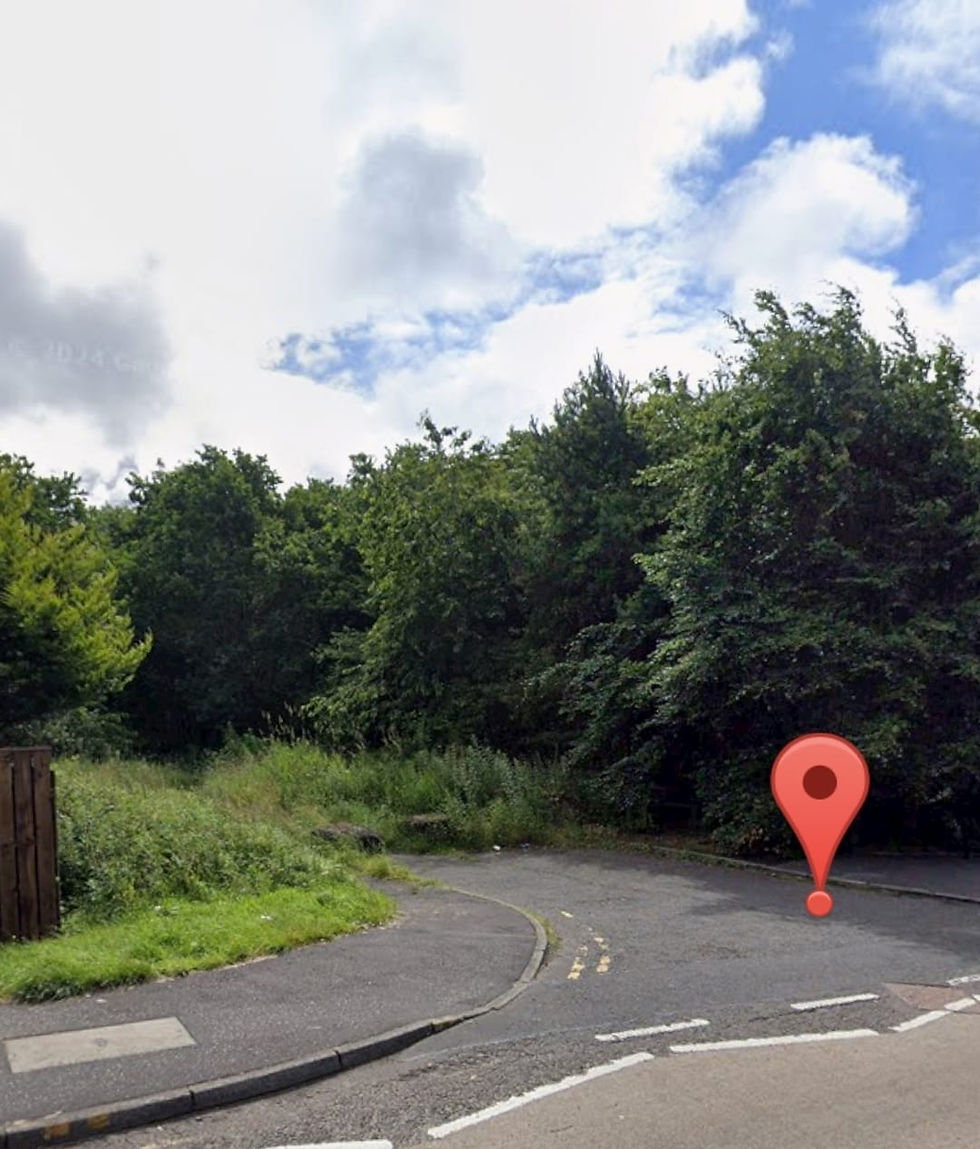Paul Sweeney: 'How can anyone justify cuts ending in job losses?’
- ruthhall0
- Aug 3, 2023
- 4 min read
It is a big week for Glasgow as the UCI World Cycling Championships get underway. Along with the sell-out Banksy: Cut and Run exhibition at the Gallery of Modern Art, it should be a week of great pride for Glaswegians but, for those of us that love this city and have seen it at its best, it is tainted by a deep sense of unease at the visible signs of decay, from litter-strewn streets, broken pavements and derelict buildings, to overgrown parks.
Despite continued warnings, the disproportionate cuts imposed by the Scottish Government on Glasgow City Council over the last decade – the greatest faced by any council in Scotland – have taken their toll and our city is a shadow of what it was on the eve of the Commonwealth Games just over nine years ago. That is not a party-political point, it is an indisputable fact that can be evidenced by the daily experience of those who live here.
The latest target for cuts is Glasgow Life. We recently learned that Glasgow City Council, following their annual budget, has instructed the organisation responsible for promoting and protecting the city’s cultural assets to make cuts in excess of £7 million.
Worst affected is Glasgow Museums which will see one third of all non-front of house roles cut. The impact of that brutal hammer blow cannot be understated, and the UNISON trade union representing the workforce have gone as far as to say that cuts of this magnitude will make the future of Glasgow Museums unviable.
Glasgow is world renowned for its cultural prowess. From Kelvingrove to the Burrell Collection, our city’s ten municipal museums and art galleries are among the best in the world, but their future is undoubtedly in jeopardy.
Not only is the future of the city’s museums at risk, but there are now almost 40 jobs at stake with the financial consequences that entails for those workers and their families amid a cost-of-living crisis.
As a city, we cannot allow this to continue. It is beyond comprehension that workers and families bear the brunt of austerity simply because the political will to shake up the system is non-existent.
The success of the Banksy exhibition should highlight the opportunity here. These cultural assets attract millions of visitors to the city every year, who in-turn spend hundreds of millions on hotels, restaurants and other amenities, yet barely any of that goes towards the upkeep of those very same museums and their highly skilled staff, who now face cuts. It is a negative feedback loop that must be broken.
We need to find new ways to generate public revenue and ultimately increase the size of the financial envelope available to the likes of Glasgow Life to innovate with more exhibitions that bring more visitors to the city. An entry fee for those from outside the city would generate much needed funds for museums directly, while an expansion of the tightly drawn Glasgow City Council boundary would ensure that those living in the city’s suburbs in neighbouring local authorities also contribute via their taxes to the maintenance of the inner-city that many of them frequent daily.
Prior to the dissolution of the Strathclyde Regional Council by the Tories in 1996, there was a fair and equitable share of revenue generated from all areas within the Strathclyde Region boundary, including those now labelled Renfrewshire and Dunbartonshire. Now, we have the perverse spectacle of some of the poorest communities in the city funding all the cultural assets, while those in the suburbs are exempt.
There are substantive solutions to the structural and deep-rooted financial problems we face as a city. We are held back by a risk-averse inertia at the heart of our government; fearful of big ideas or bold solutions and instead clutching to a default setting of managed decline.
Museums are often assets that are undervalued and conform to the adage of not appreciating the value of what you’ve got until it’s gone. Make no mistake, they are popular, they are incredibly valuable, and they are to be cherished. To see them, and those who ensure that they can function at a world-class level treated with such distain is a disgrace.
For many, particularly those in more impoverished areas, our public museums are a lifeline and are often the only exposure an individual will have to art and cultural enrichment. One of the provisions undertaken by Glasgow Life that will be at risk, according to staff I have spoken with, is the school and community outreach programmes run through the Open Museum.
If we are to reach an inflection point, this must be it. How can anyone justify cuts that will result in mass job losses, deprive young people in deprived communities of cultural enrichment, and ultimately threaten the very existence of our museums?
Instead, we should be bold, ambitious and intent on improving the services that we have by any means necessary. If that means we need to look at funding these assets through a charge on visitors from outwith the city boundary, then so be it.
Of course, exceptions should be made. For example, no one would expect children to pay and as such potentially deprive families of a day out, but we need to be forthright and manage our finances in a way that doesn’t disproportionately impact on those who work there in the form of job losses.
Glasgow should be proud of our cultural heritage, but at present it is difficult to avoid an overwhelming sense that we have seen better days. It feels as though we are in a prolonged phase of managed decline, and that simply cannot continue.
You can read my column on the Glasgow Times website here: Paul Sweeney: 'How can anyone justify cuts ending in job losses?’ | Glasgow Times




Comments